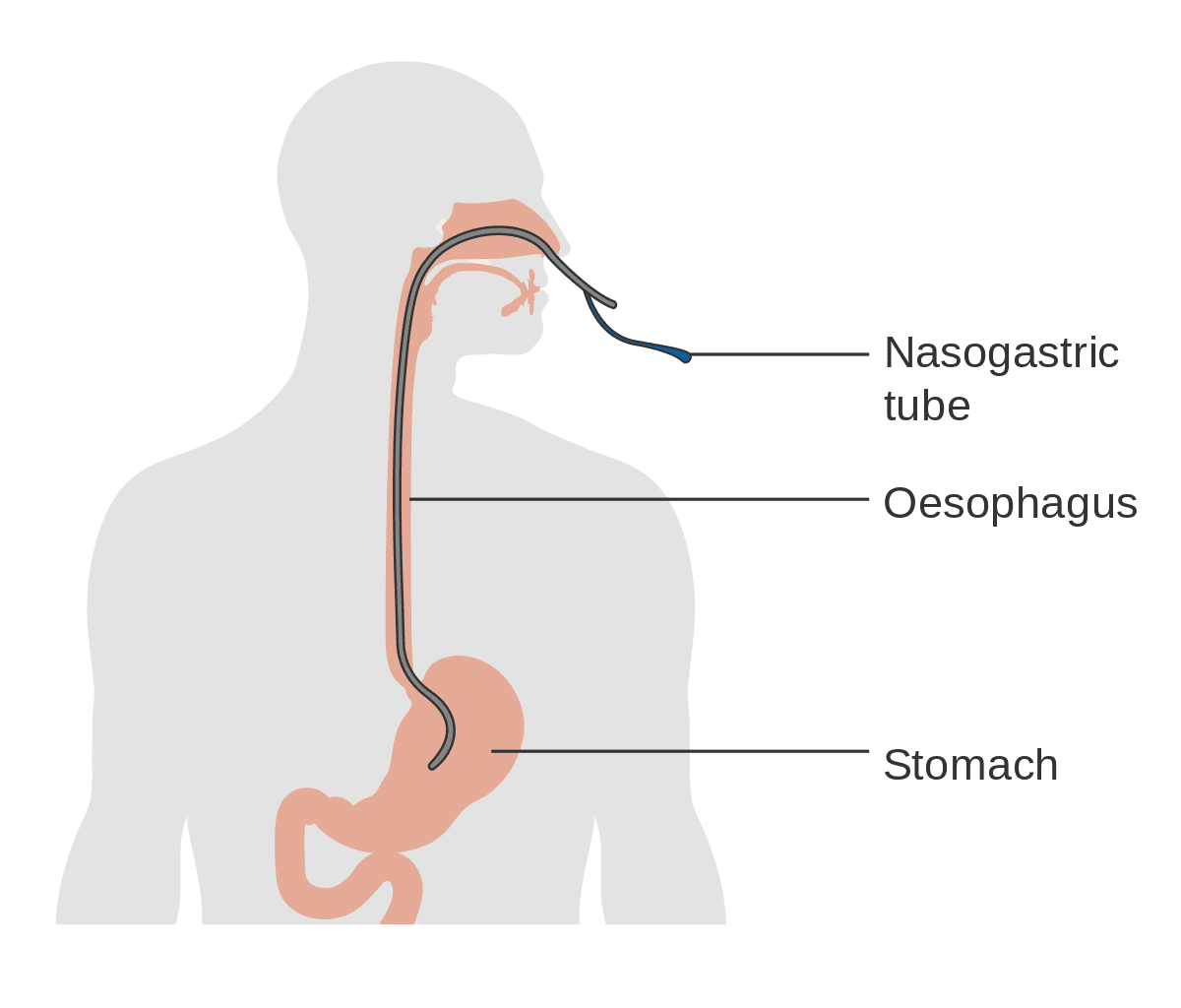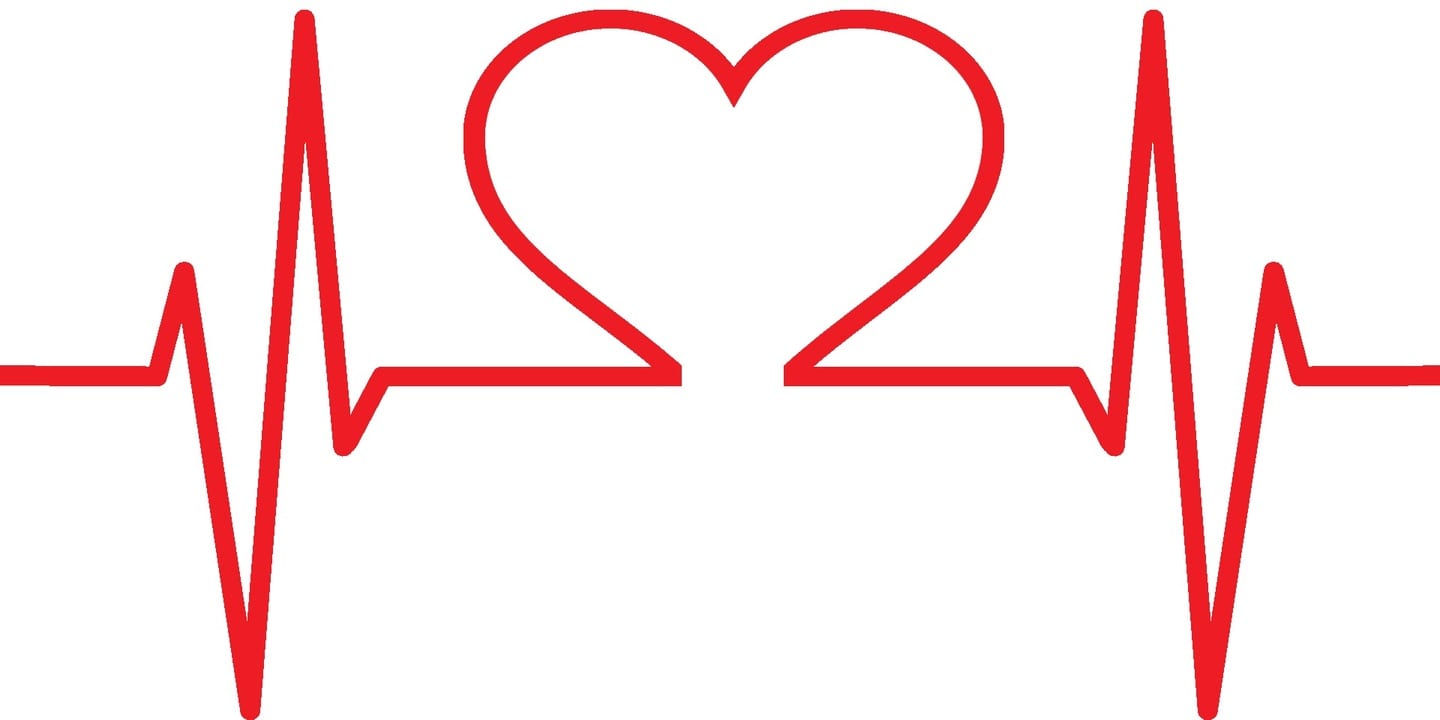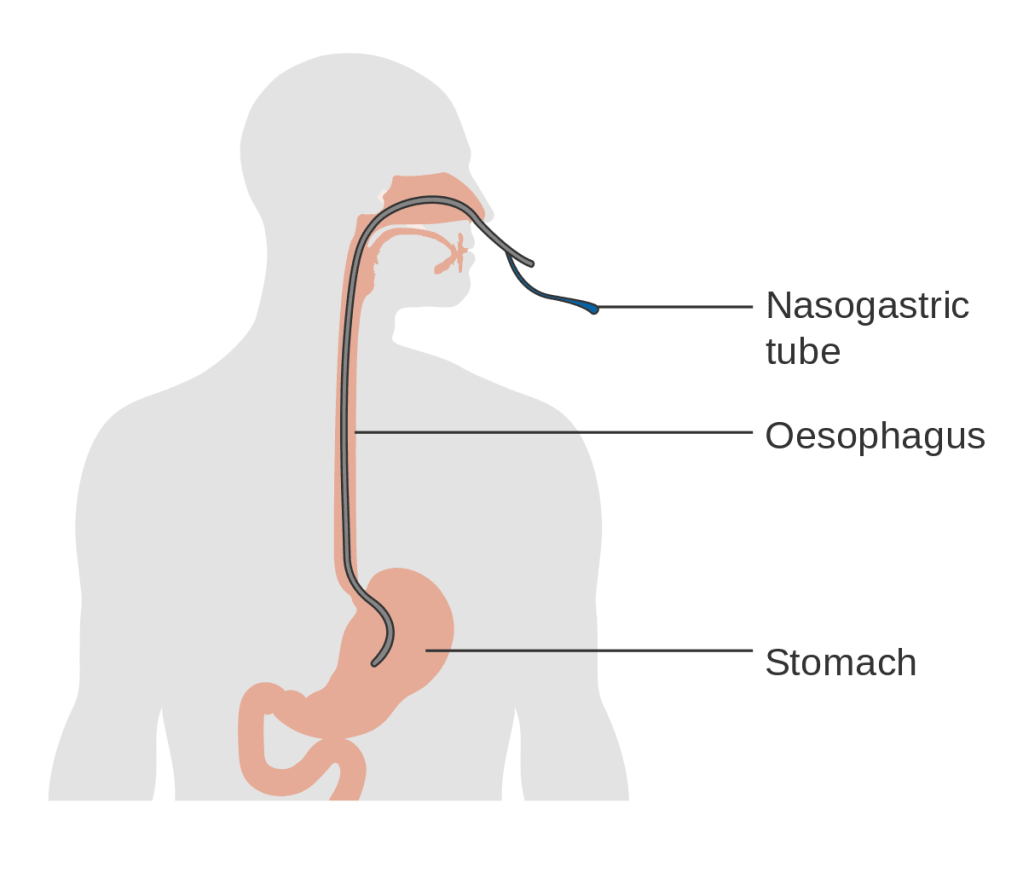Nursing is a hard profession. Not everyone realizes just how much training and education it takes to become a nurse. Success in the field takes an aptitude in science, a passion for helping people and a heart for caring. Then, there’s the years of schooling and hands-on training.

Photo Credit: Pixabay
What can’t easily be taught is how to empathize with patients, especially those experiencing extreme discomfort. How can caregivers really know what their patients are feeling?
One nurse took a risk with her own health in order to find out.
Dorcus Boamah is a nutrition clinical nurse specialist, and she elected to have an NG tube placed, purely so she could know exactly what it felt like. Then, she posted about her experience on Instagram.
https://www.instagram.com/p/BsYdRJaHFZg/?utm_source=ig_web_copy_link
As a specialist, Boamah trains other nurses to insert or assist with the insertion of NG tubes. Nasogastric tubes deliver food and medicine to the stomachs of patients who, due to medical issues, can’t swallow. Potential medical issues that would necessitate the use of an NG tube include head trauma, neck injuries, blockages in the intestines, comas and chronic conditions that prevent eating.
Since tube placement is such a critical component to her job, she felt she needed to better understand what her patients are feeling.
“I made a conscious decision to have NG placed,” she wrote. “The insertion process was a bit uncomfortable but I was relaxed so made it easy to insert.”

Photo Credit: Cancer Research UK, CC BY-SA 4.0
Boamah even traveled home on public transport with the tube to experience the reactions of strangers. “On my Journey home I had lots of gazes and sympathy such as offering me their sit. Of course if someone came and needed the seat I would have given it up.”
She recorded herself as feeling, “vulnerable, isolated and exposed.”
But through her time with an NG tube inserted, Boamah gained critical insight into her patients’ emotional and physical states.

Photo Credit: Pxhere
Getting any medical procedure is stressful, but when you see you are in the hands of someone who truly understands your fears, your stress levels reduce, which can assist healing. Nurse Boamah is an example of how far nurses will go in ensuring their patients feel as comfortable as possible for the return to good health.
Thank you for your kindness!

